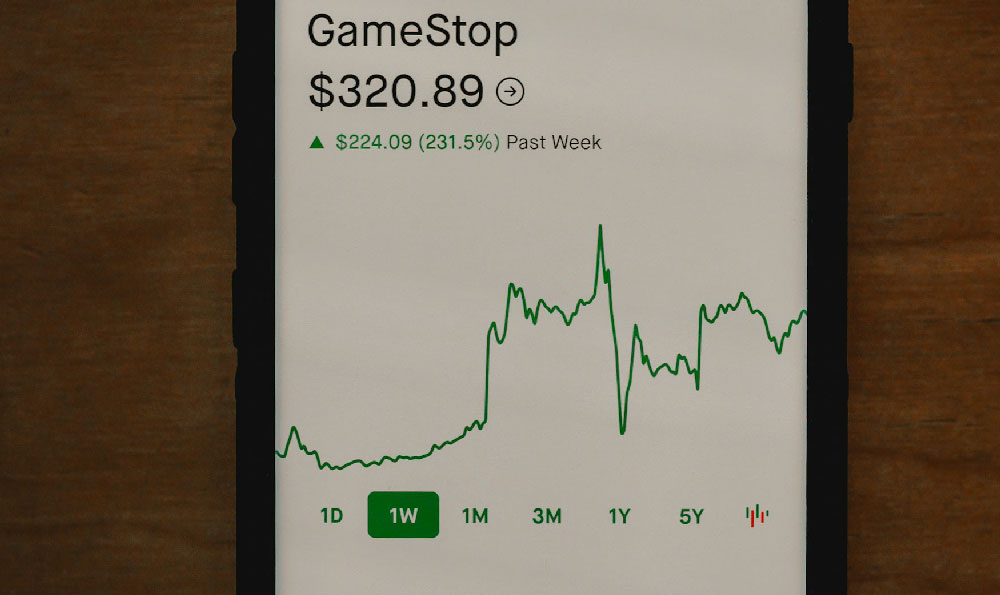The allure of YouTube stardom, often visualized through adoring fans, brand deals, and a hefty bank account, is undeniably strong. But the reality of earning a substantial income on YouTube is far more nuanced and complex than simply uploading videos and waiting for the money to roll in. While some YouTubers achieve unimaginable wealth, the vast majority find themselves in a struggle for monetization, facing fluctuating ad rates, demanding audience expectations, and a constantly evolving platform algorithm. So, how much can YouTubers truly earn, and what are the critical factors that ultimately determine their financial success?
Pinpointing an exact figure for potential YouTube earnings is virtually impossible. It's a dynamic equation with numerous variables. A common, though simplified, metric is CPM (Cost Per Mille), or the cost an advertiser pays for one thousand views of their advertisement on a video. This figure can fluctuate dramatically depending on factors like audience demographics, niche, ad quality, seasonality, and even geopolitical events. A tech channel targeting a high-income demographic in North America might command a significantly higher CPM than a gaming channel appealing to a younger, global audience. Generally, CPMs can range from a few cents to upwards of $10 or even higher in rare cases. Therefore, a channel with a million views doesn't automatically translate to a specific income. A million views on a video with a $2 CPM would yield roughly $2,000 in ad revenue, whereas a $10 CPM would generate $10,000. It's crucial to understand that YouTube also takes a substantial cut of ad revenue, typically around 45%, further reducing the YouTuber's earnings.
Beyond CPM, various factors profoundly impact a YouTuber's earning potential. One of the most significant is subscriber count. A larger subscriber base provides a broader audience for videos, increasing the potential for views and ad revenue. However, subscriber count alone isn't a guarantee of income. Engagement is equally, if not more, critical. A channel with a million inactive subscribers will generate far less revenue than a channel with 100,000 highly engaged viewers who regularly watch and interact with content. Engagement metrics like watch time, likes, comments, and shares are crucial signals to the YouTube algorithm, which determines how widely a video is promoted. High engagement translates to greater visibility and, consequently, more views and ad revenue.

Niche selection plays a pivotal role in monetization. Certain niches, particularly those appealing to affluent demographics or those with strong brand advertising budgets, tend to command higher CPMs. For example, finance, business, and technology channels often attract more lucrative ad deals than gaming or entertainment channels, although exceptions always exist. The competition within a niche is also a significant factor. A less saturated niche might offer greater visibility and opportunities for growth, while a highly competitive niche requires greater effort and innovation to stand out.
The quality and consistency of content are paramount. High-quality videos that are well-produced, informative, or entertaining are more likely to attract and retain viewers. Consistent posting schedules are also essential for building an audience and maintaining engagement. Regular uploads keep subscribers coming back for more and signal to the YouTube algorithm that the channel is active and worth promoting. Sporadic uploads can lead to a loss of momentum and decreased visibility.
Beyond ad revenue, successful YouTubers often diversify their income streams through various alternative monetization methods. Sponsorships and brand deals are a common and lucrative source of income. Brands pay YouTubers to promote their products or services within their videos. The value of a sponsorship depends on the YouTuber's influence, audience reach, and the relevance of the brand to their niche. Affiliate marketing is another popular strategy. YouTubers promote products or services and earn a commission on sales generated through their unique affiliate links. Merchandise sales, such as t-shirts, mugs, and other branded products, can also provide a significant income stream for established channels with a loyal following. Creating and selling online courses or offering premium content through platforms like Patreon are additional avenues for generating revenue.
Furthermore, YouTube income is inherently unstable and unpredictable. Ad revenue can fluctuate significantly from month to month due to changes in CPMs, algorithm updates, and seasonal variations. A video that performs exceptionally well one month might not perform as well the next. Diversifying income streams is crucial for mitigating this risk and ensuring a more stable financial foundation.
Finally, it's essential to consider the expenses associated with running a successful YouTube channel. High-quality video equipment, editing software, music licensing, and marketing costs can significantly impact profitability. Hiring editors, writers, or other staff can further increase expenses. Before envisioning vast riches, aspiring YouTubers must carefully budget and manage their finances to ensure the long-term sustainability of their channel.
In conclusion, the amount a YouTuber can earn is highly variable and depends on a complex interplay of factors, including CPM, subscriber count, engagement, niche selection, content quality, monetization strategies, and expenses. While the potential for significant income exists, it requires hard work, dedication, creativity, and a strategic approach to content creation and monetization. The key to success lies in understanding the nuances of the YouTube platform, adapting to its ever-changing landscape, and consistently providing value to the audience. Thinking of YouTube as a quick path to wealth is a dangerous misconception. It is, instead, a business that requires careful planning, consistent effort, and a willingness to learn and adapt.












